Heritage Road Surfacing: Balancing Preservation with Modern Solutions
Heritage roads are more than just routes for travel — they are living pieces of history. From cobblestone streets in quaint villages to scenic lanes that have withstood centuries, these roads represent a cultural and historical legacy worth protecting. However, the demands of modern traffic, safety standards, and climate resilience require innovative approaches to maintenance and resurfacing. This is where heritage road surfacing comes into play, blending tradition with modern engineering.
What is Heritage Road Surfacing?
Heritage road surfacing refers to the specialised process of maintaining or resurfacing roads that hold historical or cultural significance. These roads require materials and techniques that preserve their appearance and character while meeting modern durability and safety standards. It’s a careful balance between respecting the past and adapting to present-day requirements.
Typical heritage surfacing projects may involve:
- Restoring traditional materials such as granite setts, cobblestones, or tarmac that matches historic aesthetics.
- Incorporating modern asphalt or resin-bound surfacing solutions that mimic traditional finishes while improving durability.
- Using sustainable methods to reduce environmental impact while protecting heritage value.
Why Heritage Road Surfacing Matters
Preserving heritage roads goes beyond aesthetics — it maintains cultural identity and safeguards historical infrastructure for future generations. Heritage roads often form part of tourism routes, attract visitors, and contribute to a community’s character. Without careful preservation, these routes risk losing their charm to modernisation that disregards their unique qualities.
Heritage road surfacing also plays a role in:
- Safety: Maintaining structural integrity to support modern traffic loads.
- Durability: Using advanced materials that withstand wear and environmental conditions.
- Accessibility: Ensuring smooth surfaces that comply with accessibility standards.
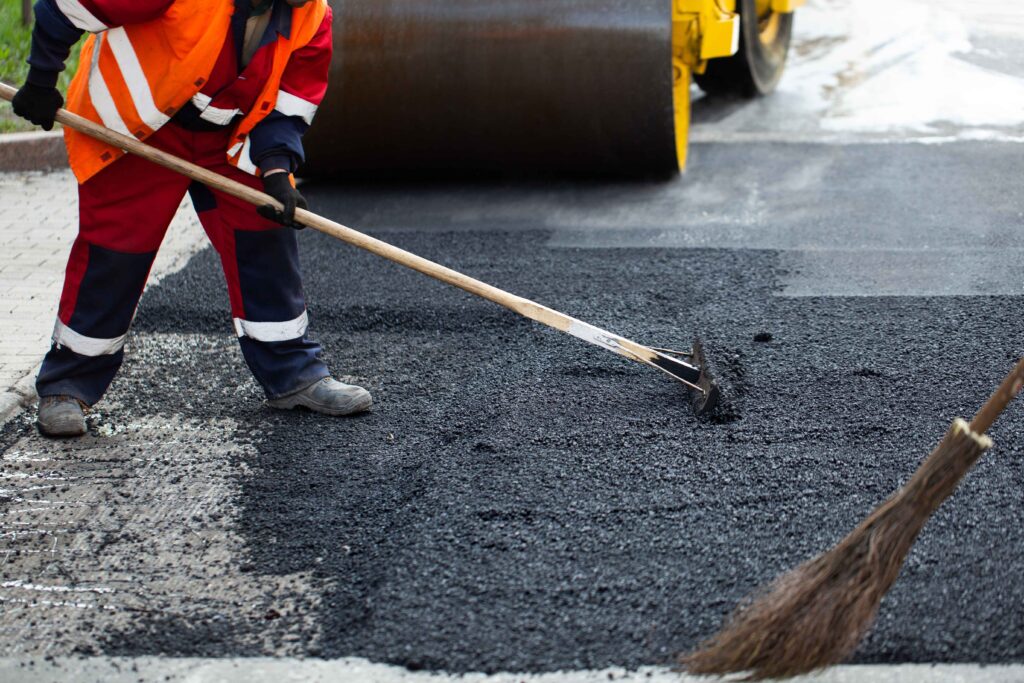
Modern Approaches to Heritage Road Surfacing
Balancing preservation with functionality requires innovative surfacing techniques. Modern solutions used in heritage road surfacing include:
1. Sympathetic Tarmac Overlay
A specially formulated tarmac mix can be matched in colour and texture to blend seamlessly with historic roads. This method offers strength and smoothness without compromising appearance.
2. Resin Bound Surfacing
Resin bound surfacing allows for visually authentic finishes while delivering excellent durability. It is permeable, helping with drainage and reducing surface water damage — a key consideration for heritage sites.
3. Reclaimed Materials
Using reclaimed cobbles or setts not only preserves the historical aesthetic but also aligns with eco-friendly practices by reducing waste and resource use.
4. Selective Replacement
Instead of replacing entire sections, heritage road surfacing often involves selective repair to preserve original materials where possible while reinforcing structural stability.
Challenges in Heritage Road Surfacing
Heritage road surfacing is a specialised field that comes with unique challenges:
- Regulatory Restrictions: Heritage sites often fall under strict planning regulations, requiring specific materials and techniques.
- Material Availability: Traditional materials can be rare or expensive, requiring careful sourcing.
- Balancing Modern Needs: Modern traffic loads and safety requirements must be accommodated without compromising historical authenticity.
These challenges require expert planning, often involving collaboration between conservation specialists, engineers, and local authorities.
Case Study: Successful Heritage Road Surfacing
One notable example comes from a project documented in our case studies, where a centuries-old lane was restored using a mix of reclaimed granite setts and a sympathetic tarmac overlay. This approach preserved the visual heritage of the road while ensuring a durable surface capable of supporting modern traffic. The result was a perfect blend of preservation and practicality, ensuring the road would remain functional and historically authentic for decades to come.
The Future of Heritage Road Surfacing
As technology advances, heritage road surfacing will continue to evolve. Innovations in materials science, sustainable construction, and digital surveying tools offer exciting opportunities to maintain and enhance historic roads.
Future trends may include:
- Increased use of eco-friendly binders and permeable surfacing materials.
- Digital mapping to plan precise restoration projects.
- Smart monitoring systems to track road condition and predict maintenance needs.
These advancements will help ensure heritage roads continue to tell their stories without compromising on safety or longevity.
Conclusion
Heritage road surfacing is about respecting the past while embracing the future. It’s a delicate balance between preserving the unique charm of historic roads and introducing modern materials and techniques that ensure durability, safety, and sustainability. Whether for a small village lane or a major heritage route, thoughtful surfacing can protect cultural treasures for generations to come.
Explore more inspiring heritage road surfacing projects in our case studies to see how tradition meets innovation.


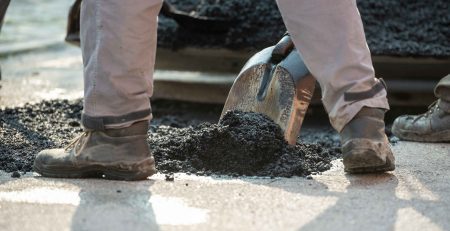
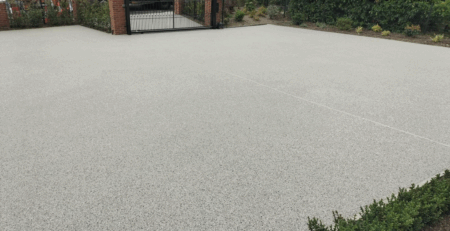
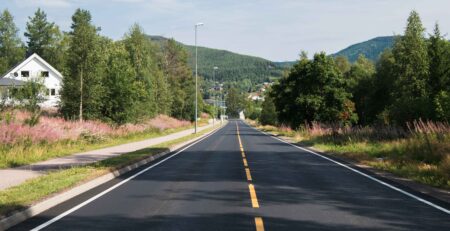

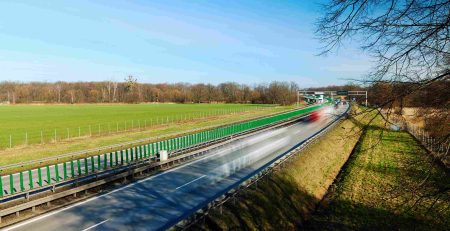

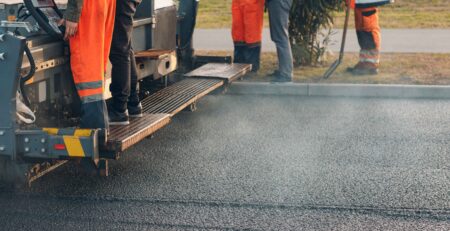

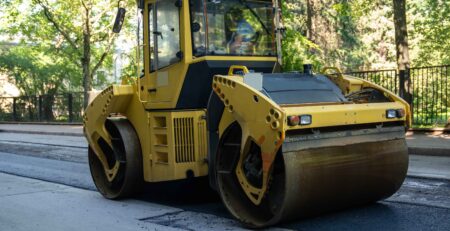
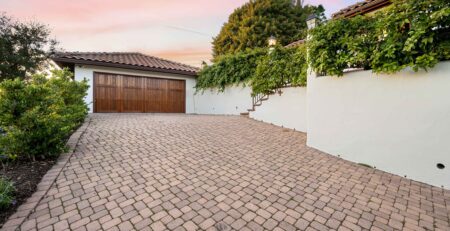
Leave a Reply